One in five Dachshund dogs suffer from intervertebral disc disease
Experts recommend a breeding scheme based on a radiographic examination of the spine between two and four years of age.
Intervertebral disc disease (IVDD) in Dachshund dogs is a painful inherited condition, usually preceded by calcification of the disc. In Denmark and other countries, selection of breeding dogs is based on a radiographic examination of the spine and evaluation of the number of calcified discs. Furthermore, an insertion of a FGF4 retrogene has been identified on canine chromosome 12 and has been associated with the risk of developing herniated discs in chondrodystrophic breeds. A DNA test is available that detects this insertion.
 X-ray image of the spine of a Dachshund dog. Red arrows show examples of discs with visible calcification. Image courtesy of Vibeke F. Jensen; Source: WSAVA.
X-ray image of the spine of a Dachshund dog. Red arrows show examples of discs with visible calcification. Image courtesy of Vibeke F. Jensen; Source: WSAVA.Radiography is the most reliable method to detect this alteration
However, a new article, co-authored by Dr. Helle Friis Proschowsky, a member of the WSAVA Committee on Hereditary Diseases, who works at the Danish Kennel Club, suggests that, while the use of DNA testing attractive because it is easier and less invasive, the results should be interpreted with caution. Although the mutation identified by DNA testing is a risk factor in specific dog populations, primarily from the US, it may not be helpful in other populations and, in Denmark at least, radiographic examination is the selection tool more effective.
Dr. Proschowsky notes: "Our findings underscore the need for validation when performing DNA testing, especially in complex diseases where a DNA test identifies one of perhaps several genetic risk factors, and not a simple monogenic causative mutation."
New advice on Dachshund spinal health in paper co-authored by WSAVA Hereditary Disease Committee (HDC) Member Dr Helle Friis Proschowsky. WSAVA



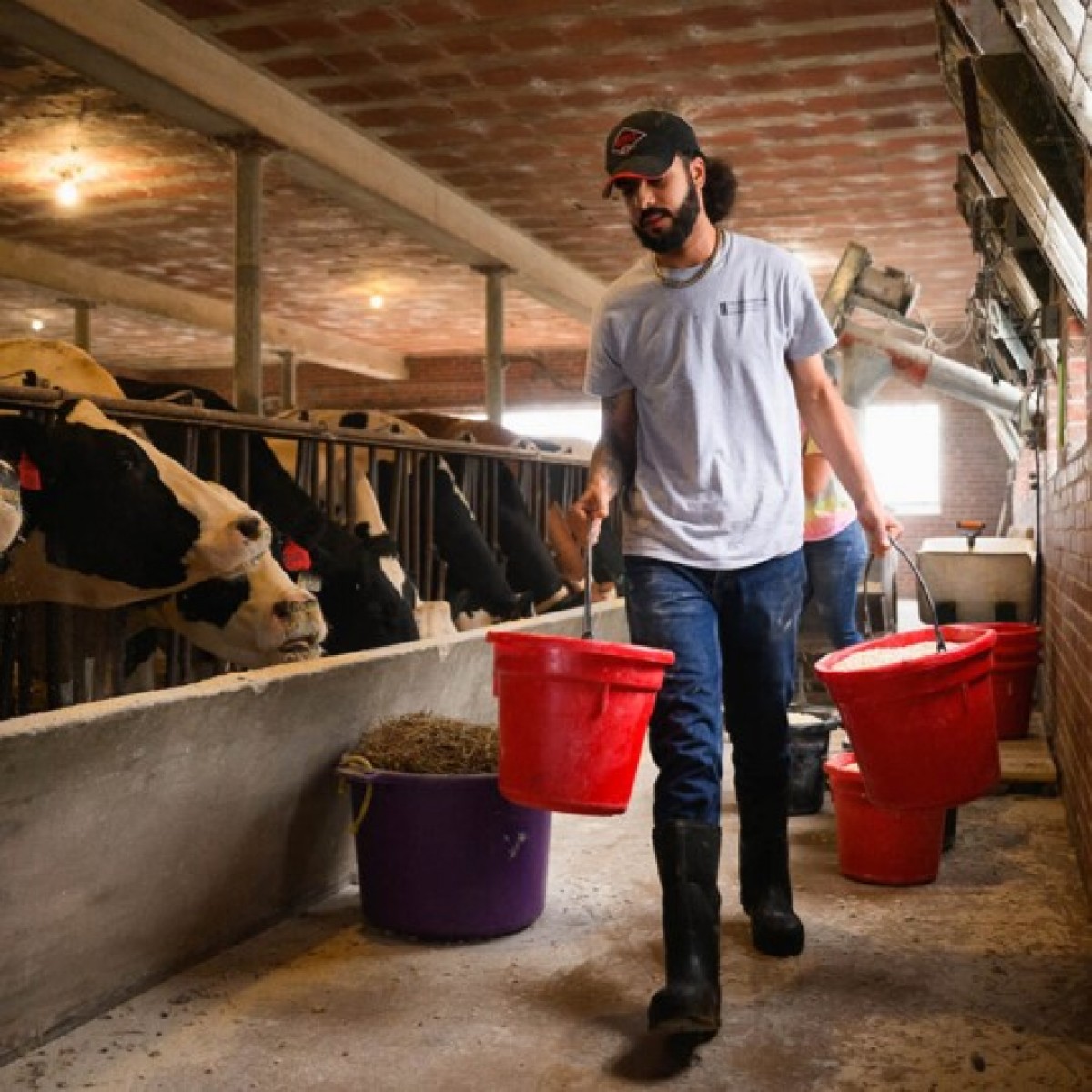
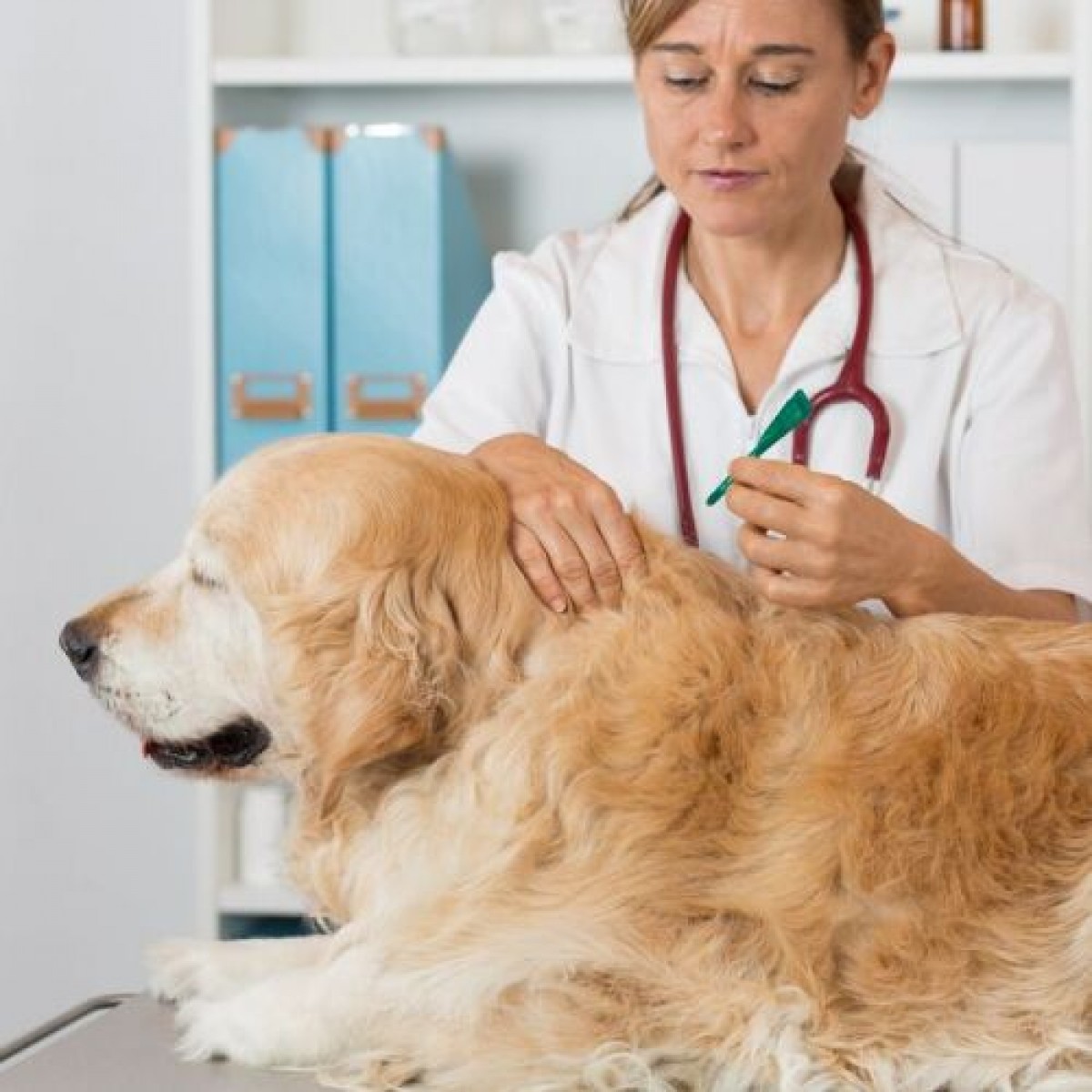

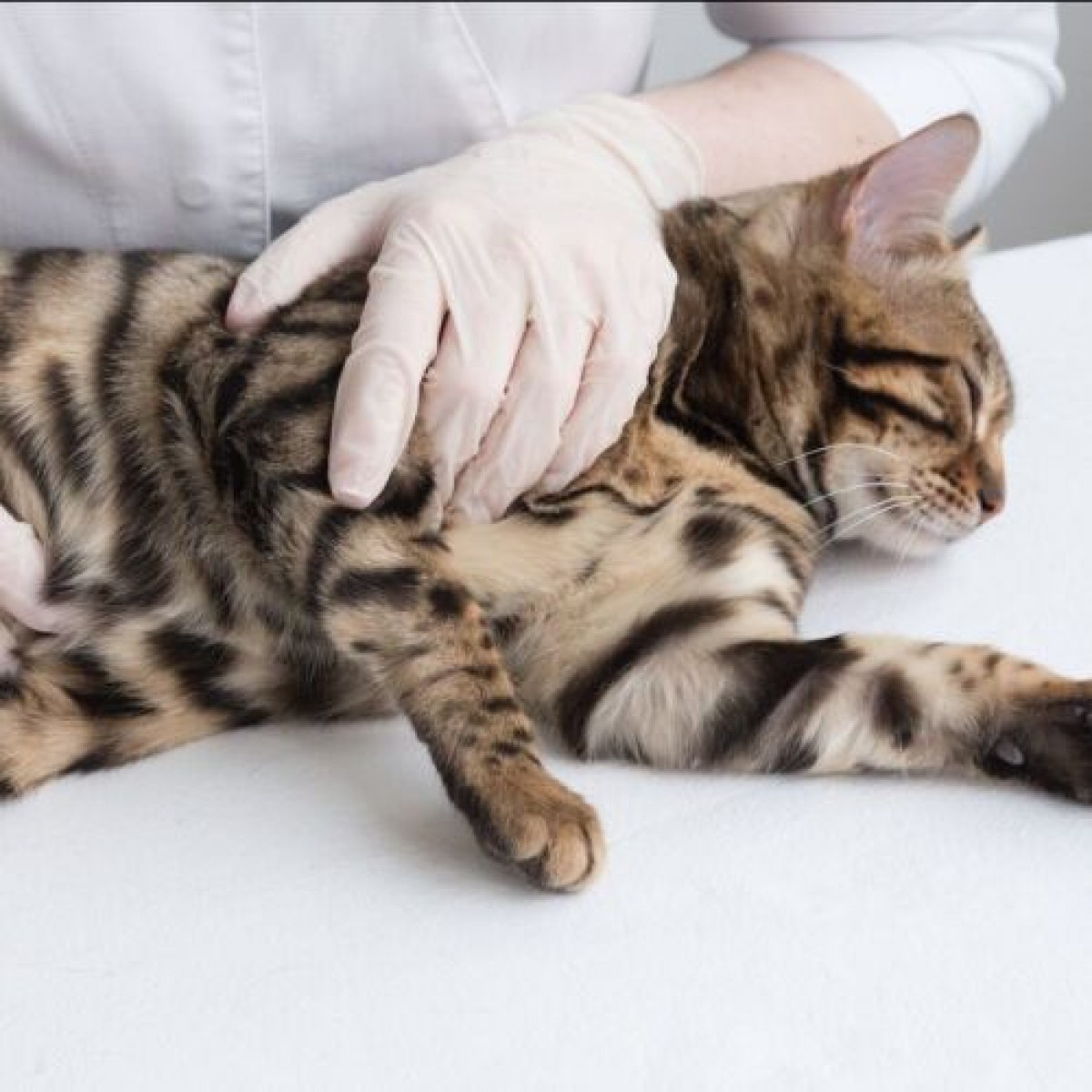




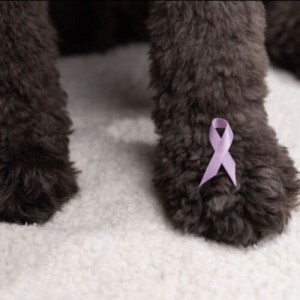
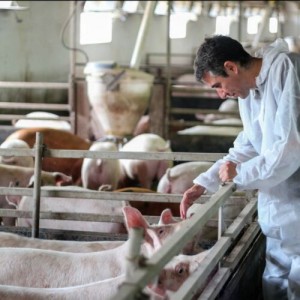

List
Add
Please enter a comment